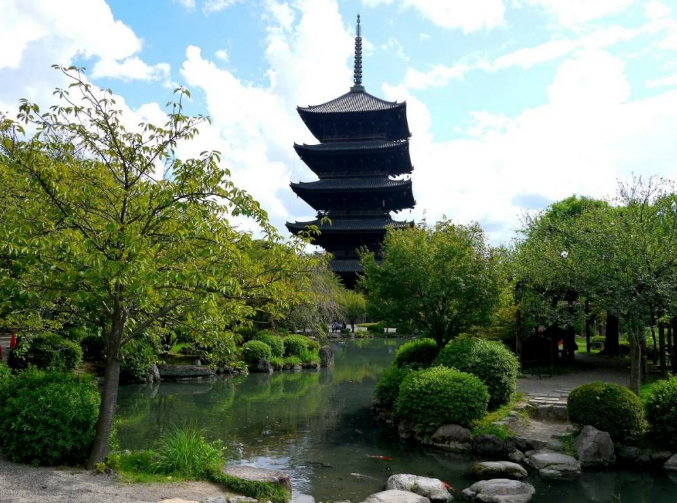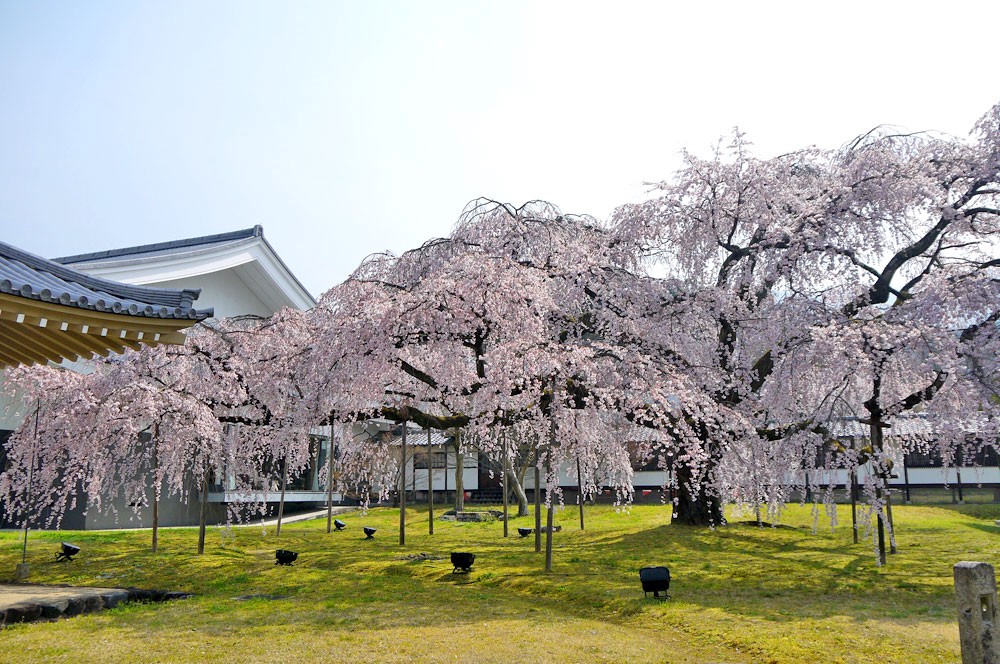
Japan Temple Guide, Tailor-made Japan Tour Packages
Temples
In Japan,Temples have a sacred place in the hearts of people.Almost every municipality has at least one temple,some town has several temples,there are hundreds of temples in large centers such as Kyoto.Many of those temples are UNESCO World Heritage Sites with their historical architectures and Buddhist texts as a treasure.
Horyuji Temple

Horyuji is one of the country's oldest temples and contains the world's oldest surviving wooden structures.
Ginkakuji (Silver Pavilion)

Ginkakuji, or ‘Temple of the Silver Pavilion,’ is representative of the Higashiyama Culture, which saw the blossoming traditional Japanese culture.
Seigantoji Temple

Seiganto-ji is a Tendai Buddhist temple founded in the early 5th century. Legend holds that a Buddhist priest from India drifted ashore and experienced a revelation of Kannon, the Buddhist deity of mercy. Seiganto-ji Temple is also the first sacred place of “Saigokujunrei”,
Kodaiji Temple

Kodaiji belongs to the Rinzai sect of Zen Buddhism. Its main buildings were constructed in the lavish style of the era of Japan's unification with the financial support of Hideyoshi's successor Tokugawa Ieyasu. They feature richly decorated interiors and are surrounded by beautiful Zen gardens.
Osorezan

Mount Osorezan (恐山) is ranked along with Koyasan and Hieizan as one of Japan's three most sacred places. It was discovered over 1000 years ago by a Buddhist priest in search of a sacred mountain that resembles the world of Buddha. Today, it is the site of Bodaiji Temple.
Toji Temple

Toji Temple, literally "East Temple", was founded at the beginning of the Heian Period just after the capital was moved to Kyoto in the late 700s. The large temple, together with its now defunct sister temple Saiji ("West Temple")...
Yamadera(Risshaku Temple)

Yamadera,literally means "mountain temple" in Japanese. It grounds extend high up a steep mountainside, from where there are great views down onto the valley. Founded over a thousand years ago in 860 as a temple of the Tendai sect under the official name Risshakuji.
Kongobuji Temple

Kongobuji was originally constructed in 1593 by Toyotomi Hideyoshi to commemorate the death of his mother. Later it was merged with a neighboring temple and reorganized into the head temple of Shingon Buddhism, the sect introduced to Japan by Kobo Daishi in 805 and headquartered on Koyasan.
Daigoji Temple

Daigoji is a temple complex with many cherry trees southeast of central Kyoto, where Hideyoshi held a famous hanami party in the 16th century. Some outstanding weeping cherry trees stand on the grounds of the Reihokan Museum and in front of the Sanboin.
Nanzen-ji Temple

Nanzenji Temple, whose spacious grounds are located at the base of Kyoto's forested Higashiyama mountains, is one of the most important Zen temples in all of Japan.